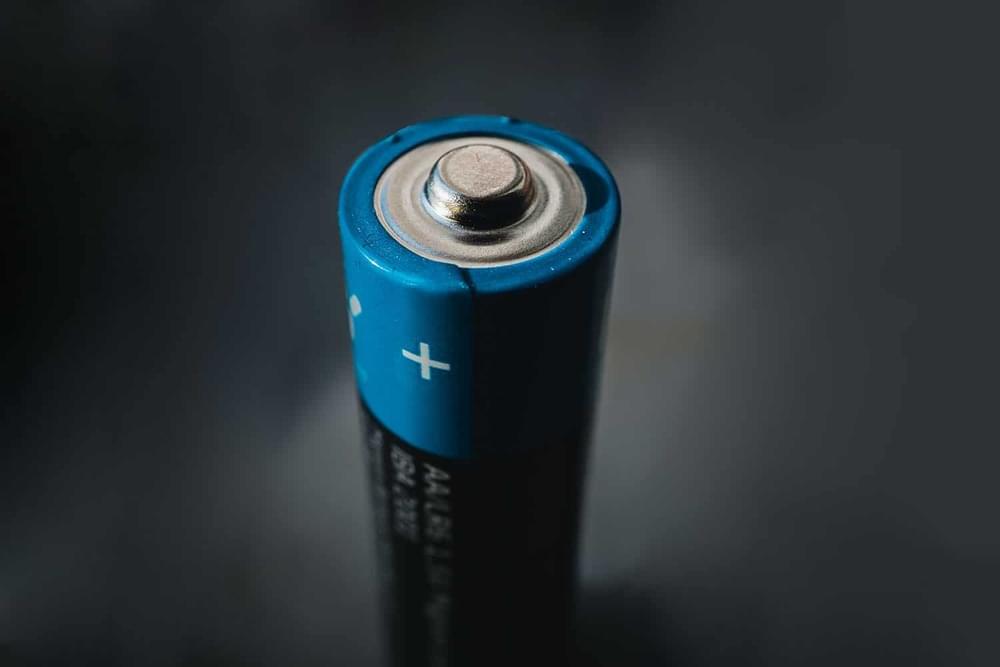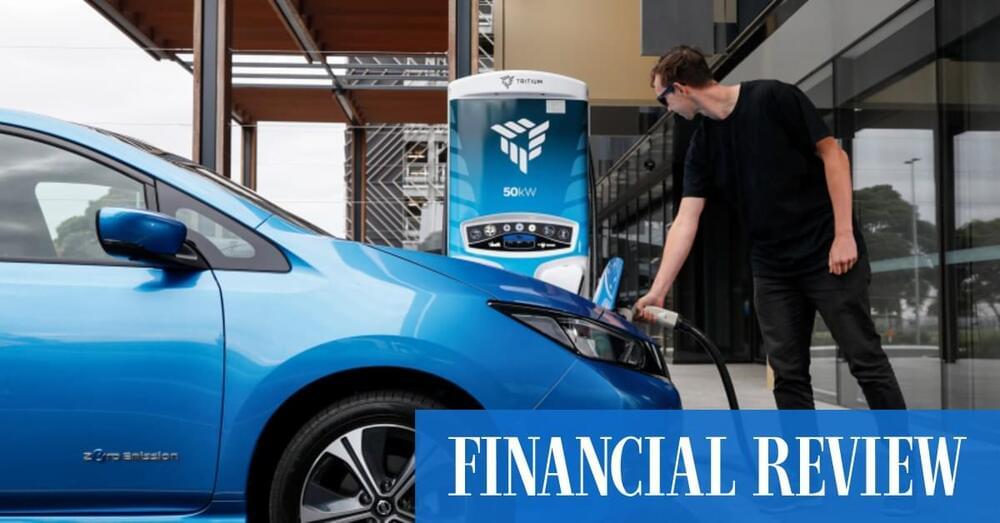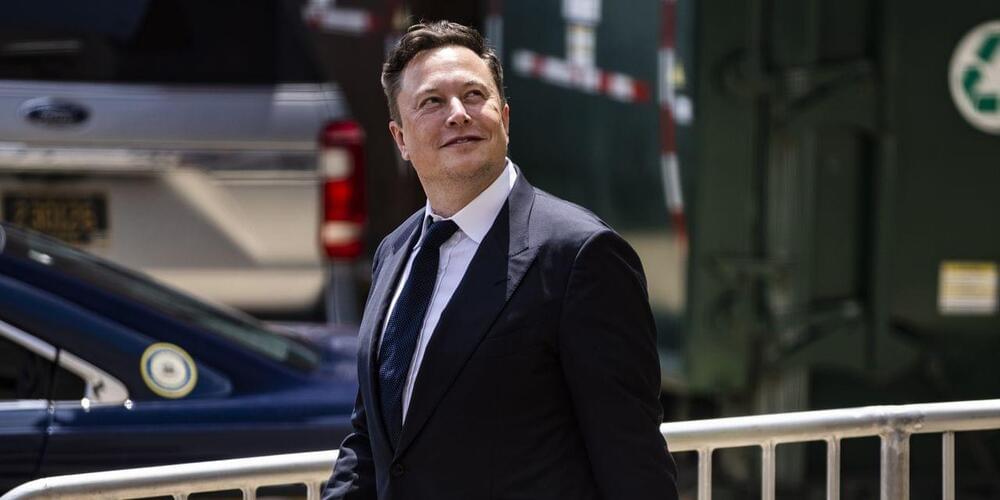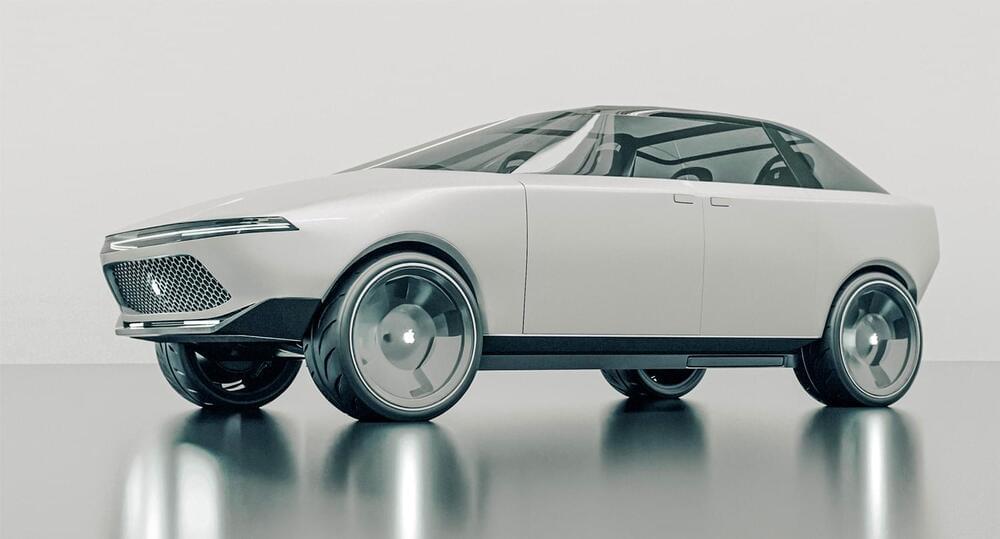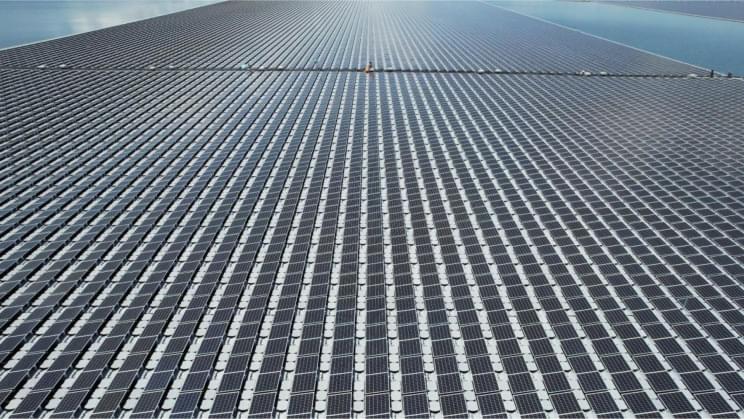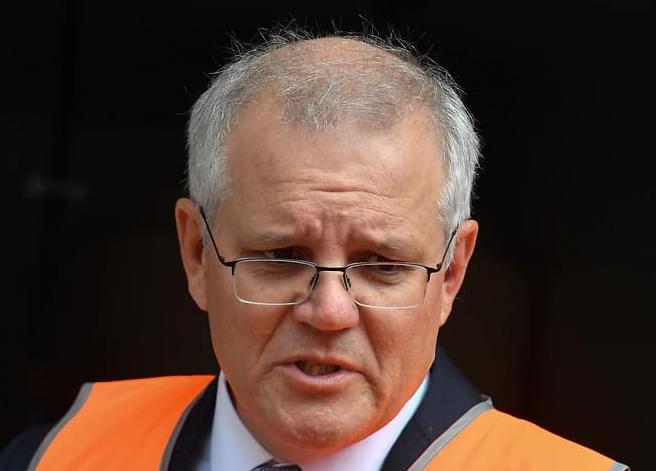*To date, most studies have focused on understanding how much carbon is stored above ground (in trees and other plants, for example). This research, however, revealed that when you look below ground and get into deeper levels of soil, there are massive deposits of carbon.*
Canada’s first-ever national carbon map reveals the location of billions — yes, billions — of tonnes of carbon stored in ecosystems across the country. This data, and how we use it, could alter the pace of climate change.
Over the span of two years, researchers fed data from existing soil samples collected from across the country, as well as long-term satellite data and topographic and climate variables, into a machine-learning algorithm. Researchers were able to estimate carbon at a 250-metre spatial resolution in different carbon pools (soils and plant biomass), as well as at multiple depths (1−2 metres).
Tens of thousands of field measurements were fed into a machine-learning algorithm to train satellite observations, including space-based laser scanning data, to estimate carbon stocks in plant biomass and soils across Canada. The resulting national carbon map will have a huge impact on the way conservation activities and policies are approached to prioritize nature-based climate solutions.
## ORIGINAL PAPER
Large soil carbon storage in terrestrial ecosystems of Canada
